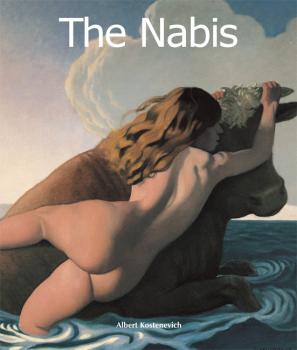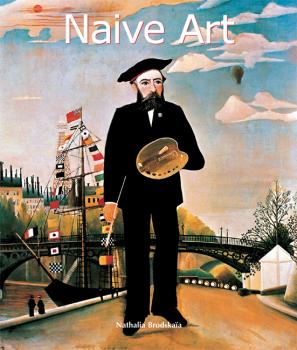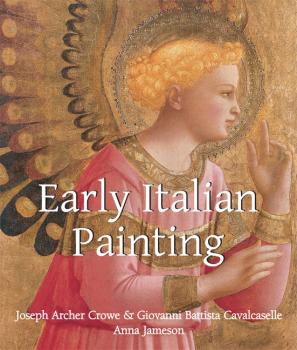ТОП просматриваемых книг сайта:
Изобразительное искусство, фотография
Различные книги в жанре Изобразительное искусство, фотография, доступные для чтения и скачиванияАннотация
Информация о книге
Автор произведения Albert Kostenevitch
Жанр Изобразительное искусство, фотография
Серия Art of Century
Аннотация
Информация о книге
Автор произведения Nathalia Brodskaya
Жанр Изобразительное искусство, фотография
Серия Art of Century
Аннотация
Информация о книге
Автор произведения Nathalia Brodskaya
Жанр Изобразительное искусство, фотография
Серия Art of Century
Аннотация
Информация о книге
Автор произведения Victoria Charles
Жанр Изобразительное искусство, фотография
Серия Art of Century
Аннотация
Информация о книге
Автор произведения Jean Lahor
Жанр Изобразительное искусство, фотография
Серия Art of Century
Аннотация
Информация о книге
Автор произведения Nathalia Brodskaya
Жанр Изобразительное искусство, фотография
Серия Art of Century
Аннотация
Информация о книге
Автор произведения Ashley Bassie
Жанр Изобразительное искусство, фотография
Серия Art of Century
Аннотация
Информация о книге
Автор произведения Joseph Archer Crowe
Жанр Изобразительное искусство, фотография
Серия Art of Century
Аннотация
Информация о книге
Автор произведения Guillaume Apollinaire
Жанр Изобразительное искусство, фотография
Серия Art of Century
Аннотация
Информация о книге
Автор произведения Charles Bayet
Жанр Изобразительное искусство, фотография
Серия Art of Century










